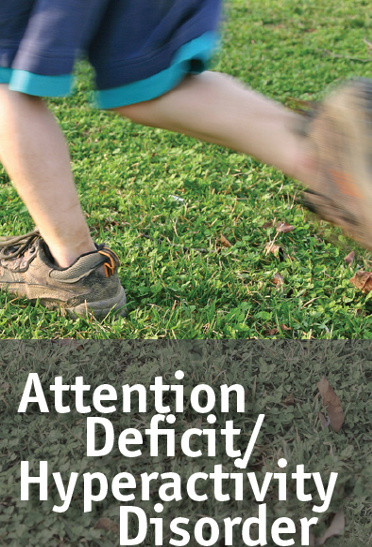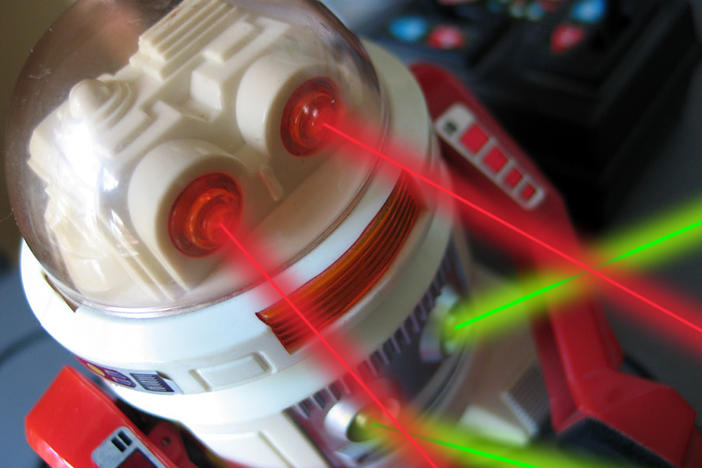
Section Branding
Header Content
ADHD Update
Primary Content

ADHD stands for Attention Deficit /Hyperactivity Disorder. It used to be called ADD: Attention Deficit Disorder, but ADHD is preferred because it is more inclusive of primary features of this disorder: inattention, hyperactivity (distractibility and restlessness), and impulsivity.
ADHD affects 9% of all adolescents and 4% of all adults in the United States. The average age at diagnosis is 7, but symptoms can be observed in children as young as 2 or 3. The diagnosis is more common in boys than in girls.
The criteria for ADHD diagnosis have changed recently. The latest version of the Diagnostic and Statistical Manual of Mental Disorders (DSM-5), the “Bible” of psychiatry, now classifies ADHD with neuro-developmental disorders rather than with conduct disorders.
Researchers are working to make ADHD diagnosis easier and more accurate. New technology, including the brainwave machine, and changes to diagnosis criteria could help doctors decide who needs treatment
Treatment involves education, counseling, and medications. A recent New York Times report revealed that two-thirds of those diagnosed with ADHD are treated with stimulant-type prescription medications, including Adderall and Ritalin. Stimulants regulate central nervous system function to improve focus and help those with ADHD organize their thoughts and control impulsive behavior.
Stimulant therapy greatly improves ADHD symptoms, but stimulants can be both addictive and dangerous. Side effects of stimulant medications include anxiety, irritability, increased heart rate, hypertension, confusion, psychosis, sleep deprivation, abdominal pain, anorexia, and weight loss. These medications should only be taken by the person for whom they are prescribed, under a doctor's care.
Talk to your doctor about testing if you think you, or someone you know, may have ADHD.





